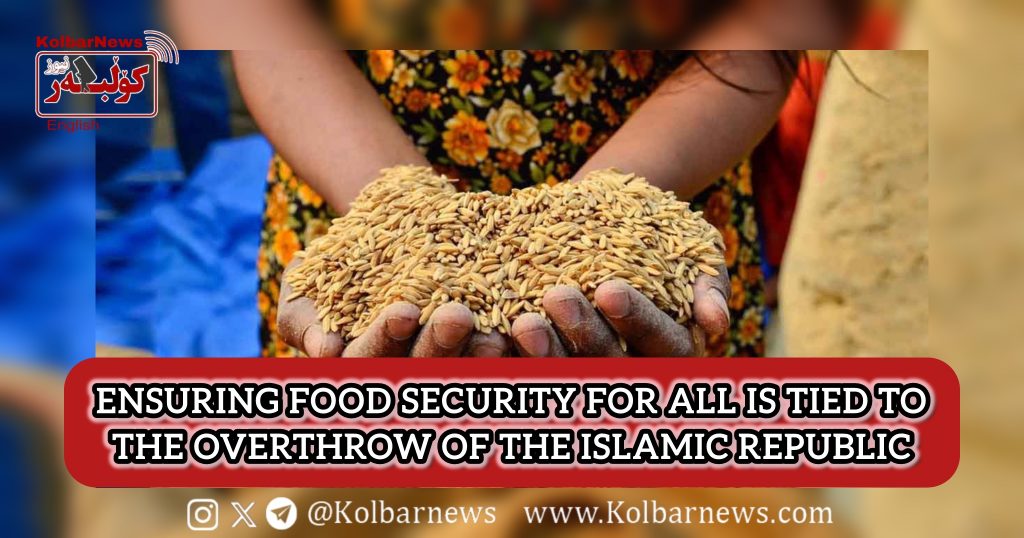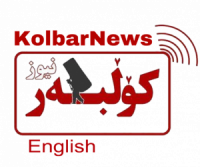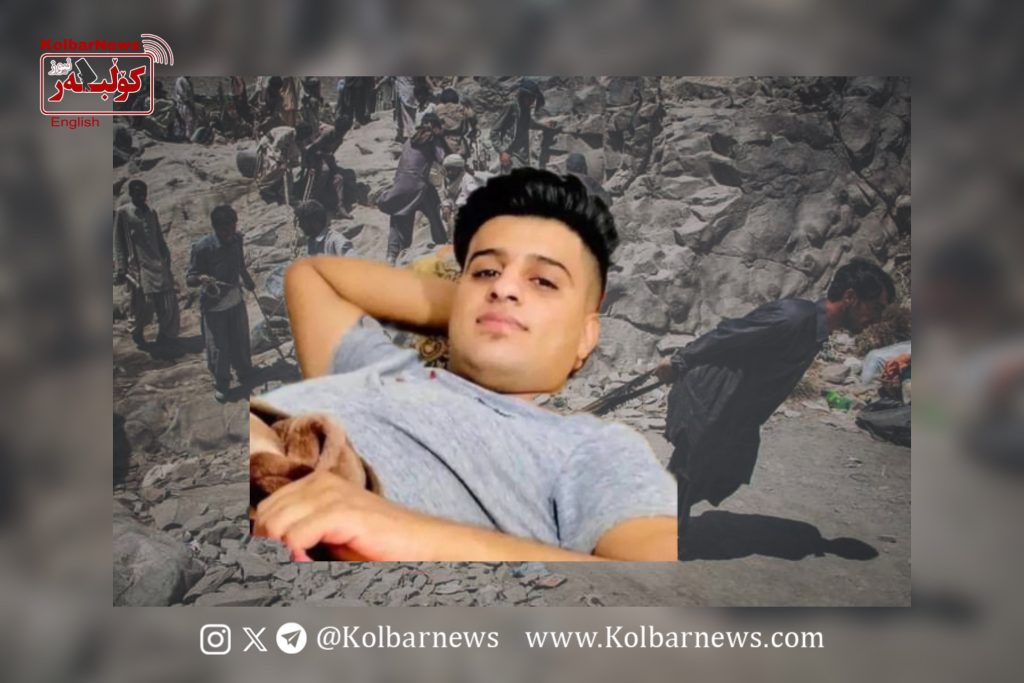
The “Arman Melli” newspaper, in its August 19th issue, features a report by Sedigheh Behzadpour, containing significant points. According to the reporter, citing the “High Council for Health and Food Security” in Iran, citizens in 8 provinces of the country are facing food insecurity. Food insecurity means going to bed hungry, not receiving the necessary energy and calories for basic physical activities. According to this report, in Sistan and Balochistan, 50% of children suffer from malnutrition and stunted growth as a result, while 25% are underweight due to nutritional disorders. It is clear that workers and hardworking people, especially women, infants, and children, are the main victims of the lack of food security for the majority of the country’s citizens. According to official statistics, the demand for food in the country has decreased by 35%. Additionally, the dietary pattern of the people has also changed. Many people, due to poverty, have removed beneficial food items from their diet and instead fill their stomachs with bread, pasta, and potatoes. It is evident that the first victims of malnutrition are children. Consequences such as anemia, osteoporosis, reduced vision, decreased learning ability, severe weight loss, and stunted growth are among the effects of nutrient deficiency on the lives of children and adolescents. The impact of all these effects on the physical condition of children in Sistan and Baluchestan is clearly visible. As a result, 6% of children under five years old suffer from stunted growth due to malnutrition. This rate in Sistan and Baluchestan is three times the national average.
The rising cost of essential goods needed by the people has been increasing daily, threatening the internal and physical health of millions of Iranians, including children, women, mothers breastfeeding their infants, patients, and those with special needs.
The issue is not just the deep class divide and the billion-dollar plunder of public wealth by the corrupt rulers of the Islamic regime, the commanders of the Revolutionary Guards, security officials, government cronies, clerics, Friday prayer leaders, and their offspring. It is also about inadequate healthcare, insufficient medical services, expensive or expired medications, dust and polluted air, constant stress and anxiety about making ends meet, and food poverty amidst daily oppression and humiliation. The situation is a nightmare where the most basic necessities of life, including the health of a large segment of society, are at risk.
In Iran, under the rule of the Islamic regime, where the value of people’s lives and health is cheap, and the price of meat and fruit is high, even acquiring pasta and plain bread is beyond the reach of millions of working and struggling families, teachers, and retirees. The survival of this government is synonymous with illness, poor health, and malnutrition for millions of people in society.
The Islamic Republic is the tool of the Iranian bourgeoisie to preserve private bourgeois ownership and restore the worker-employer relations after the 1979 revolution and the Bahman uprising. To fulfill this duty, beyond implementing the most brutal form of religious dictatorship and executing thousands of revolutionaries and opponents, this regime has destroyed the lives of the current generation with unemployment, poverty, hunger, and despair. By severely damaging the environment, it has also laid the groundwork for ruining the future generations of workers and the oppressed. To prevent further mental and physical harm to citizens, the flames of the revolutionary Zhina movement must be fanned, and in place of the current regime of ignorance and capitalism, a people-centered, science-based government must be established, prioritizing the comprehensive rescue of the Iranian people from their current miseries, including hunger and malnutrition.
The reality is that capitalist solutions to end this great human tragedy will do nothing but stabilize the current situation. If this situation is to be brought to an end, it can only be achieved through the struggle to overthrow a system whose functioning results in poverty and hunger. The fight to overthrow the Islamic Republic is a fight to lift 70% of the population out of poverty, unemployment, malnutrition, homelessness, inflation, and dozens of other small and large social problems.

